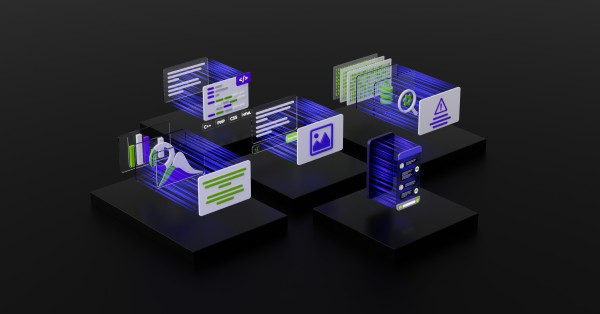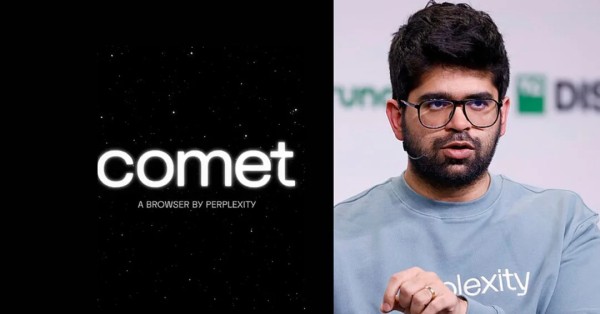Sferical AI: Sweden’s Sovereign AI Supercomputer for Industry
AstraZeneca, Ericsson, Saab, SEB, and Wallenberg Investments have launched Sferical AI to build and operate a sovereign AI supercomputer that anchors Swedens next phase of industrial digitization.
Founders, Leadership, and Mandate
The consortium spans life sciences, telecoms, defense, and finance, signaling a cross-sector mandate: drive competitive advantage with shared, secure, high-end compute. The initiative follows a Swedish industry collaboration announced earlier this year involving NVIDIA leadership and aims to channel national strengths into AI at scale. Jenny Nordlw has been appointed CEO, with professor Anders Ynnerman as Executive Chairman, pairing commercial delivery with deep scientific stewardship.
NVIDIA DGX SuperPOD Deployment in Linköping
Sferical AI plans to deploy two NVIDIA DGX SuperPODs based on the latest DGX GB300 systems in Linkping. The installation will combine 1,152 tightly interconnected GPUs, designed for fast training and fine-tuning of large, complex models. Alongside, an NVIDIA AI Technology Centre in Sweden will co-develop applications with member companies and ramp industry skills through training programs, expanding benefits beyond the founding group.
Business, Compliance, and Competitive Rationale
AI leadership increasingly depends on proximity to compute, data, and talentunder strong governance. Sovereign infrastructure addresses data residency, IP protection, and regulatory alignment, while reducing exposure to public cloud capacity swings. For Swedish and European firms navigating GDPR, NIS2, and sector-specific rules like DORA in finance, a trusted, high-performance platform can accelerate AI adoption without compromising compliance.
Strategic AI Impact for Telecom, 5G, and Critical Sectors
For telecom operators and adjacent industries, Sferical AI creates a national-scale platform to develop, test, and deploy AI where latency, safety, and data control are non-negotiable.
Priority AI Use Cases by Sector
Telecoms can leverage large-scale training for RAN energy optimization, traffic forecasting, self-optimizing networks, and service assurancethen distill models for real-time inference at the edge. Defense and aerospace can accelerate sensor fusion and autonomy simulation. Life sciences can scale multimodal discovery pipelines. Financial services can build risk, AML, and fraud models that stay within jurisdictional boundaries.
Sovereign Data Governance, Compliance, and Security
A sovereign facility enables privacy-preserving development on sensitive datasets, with clearer audit trails and policy enforcement. Multi-tenant governance will be critical: access controls, model isolation, and supply chain assurance should align with European cybersecurity frameworks and sector standards. Expect demand for confidential computing, dataset lineage tracking, and robust red-teaming for model safety.
Ecosystem Development and AI Skills Pipeline
The NVIDIA AI Technology Centre can catalyze co-innovation across academia and industry, complementing EuroHPC and other European initiatives. Skills programs, such as deep learning training, will help close gaps in applied MLOps and AI safety, while creating a local talent pipeline for edge-to-core deployments.
Architecture, Performance, and Capacity Planning
The technical profile of the Linkping installation suggests a focus on frontier model development with pragmatic pathways to enterprise deployment.
DGX SuperPOD Scale, Throughput, and Model Training
With 1,152 GPUs across two SuperPODs, Sferical AI will support training of large language and vision models, domain-specific foundation models, and high-throughput fine-tuning. The architecture is designed for rapid iteration on large batches, enabling shorter development cycles for industry-grade AI.
High-Speed Networking, Storage, Power, and Cooling
Success depends on more than GPU counts. High-performance interconnects, scalable parallel storage, and resilient power and cooling will determine sustained throughput. Enterprises should plan for robust data pipelines into the facility and efficient distillation or quantization workflows to run derived models on edge GPUs or SmartNICs in 5G sites, factories, and vehicles.
Software Stack, MLOps, and SLAs
Enterprises should align toolchains around containerized training and inference, model registries, and reproducible pipelines. Benchmarking with MLPerf-like methodologies, disciplined model evaluation, and clear SLAs for multi-tenant scheduling will be essential to maximize ROI and ensure fair access across participants.
Risks, Constraints, and Open Considerations
Governance and operating model choices now will shape adoption, economics, and ecosystem trust for years.
Fair Access, Allocation, and Neutral Governance
Balancing capacity among founding companies while enabling broader industry access is non-trivial. Transparent prioritization, neutral governance, and clear IP frameworks are needed to maintain credibility and avoid crowding out SMEs and startups.
Vendor Lock-In, Portability, and Multicloud Interop
The stack will be optimized for NVIDIA acceleration, raising questions on long-term portability. Enterprises should abstract training pipelines where possible, document dependencies, and plan for interoperability with hybrid and multicloud environments to reduce lock-in risk.
Energy Efficiency, Sustainability, and TCO
Power density, cooling, and lifecycle emissions matter. Expect scrutiny of energy sourcing and efficiency metrics. Cost models should weigh shared sovereign capacity against public cloud options, accounting for data egress, compliance overheads, and time-to-results.
Next Steps for Enterprises
Executives should map near-term AI value to this sovereign capability while preparing their organizations for sustained, secure scaling.
Prioritize High-Impact, High-Compliance Workloads
Identify use cases constrained by data sensitivity or compute scarcity: RAN optimization, network planning digital twins, predictive maintenance, pharmacovigilance, fraud detection. Define measurable outcomes and align budgets to multiquarter training cycles.
Design Edge-to-Core AI Pipelines
Design pipelines where foundation or domain models train in Linkping, then compress for inference at the edge. Implement continuous retraining with feedback loops, robust observability, and drift management across 5G, enterprise, and industrial environments.
Build Teams, Governance, and Training Programs
Stand up cross-functional squads for data engineering, MLOps, security, and compliance. Establish model governance, evaluation, and incident response processes. Engage early with Sferical AI to secure capacity windows, co-innovation opportunities at the NVIDIA AI Technology Centre, and targeted skills programs for your workforce.


























